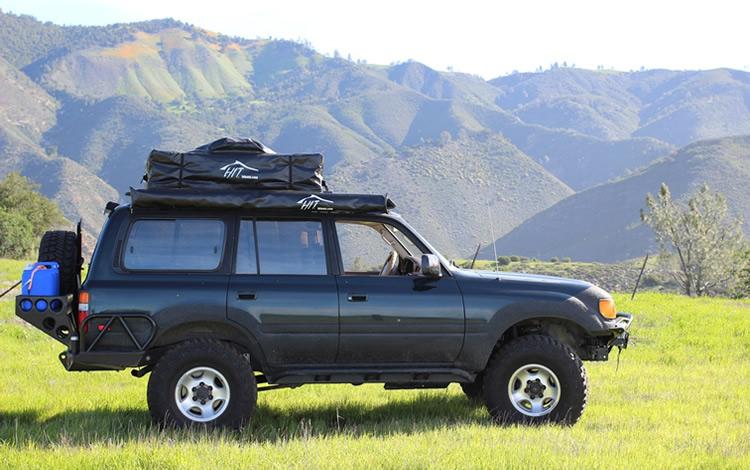East Africa Self-Drive - Safaris Experience
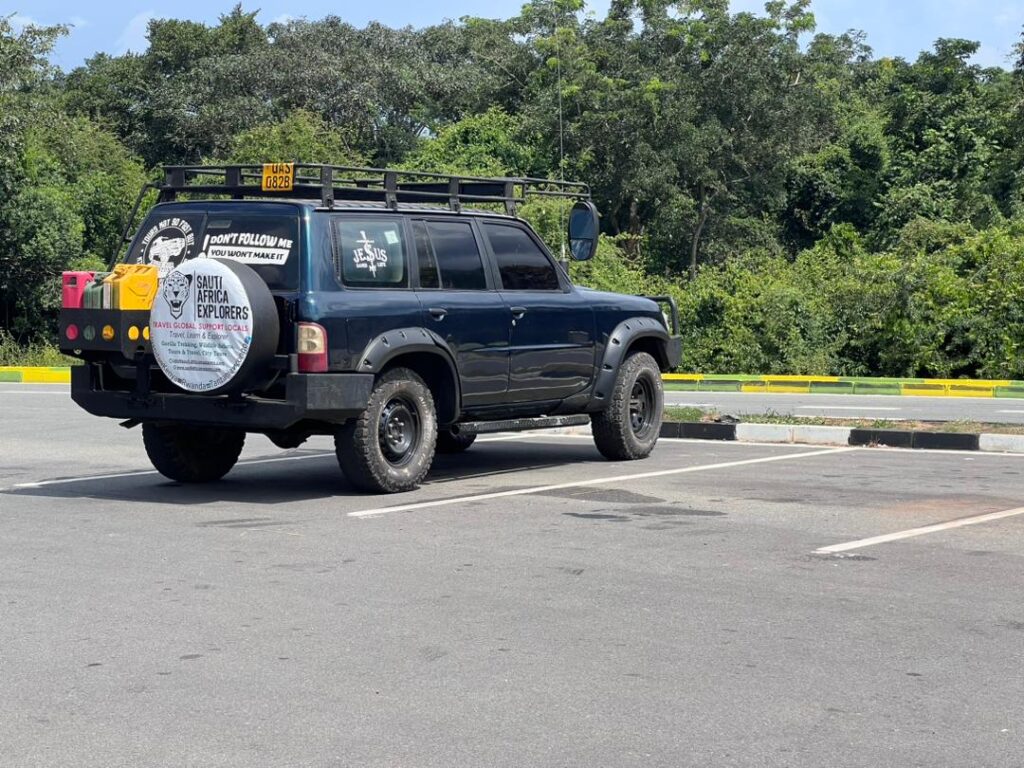
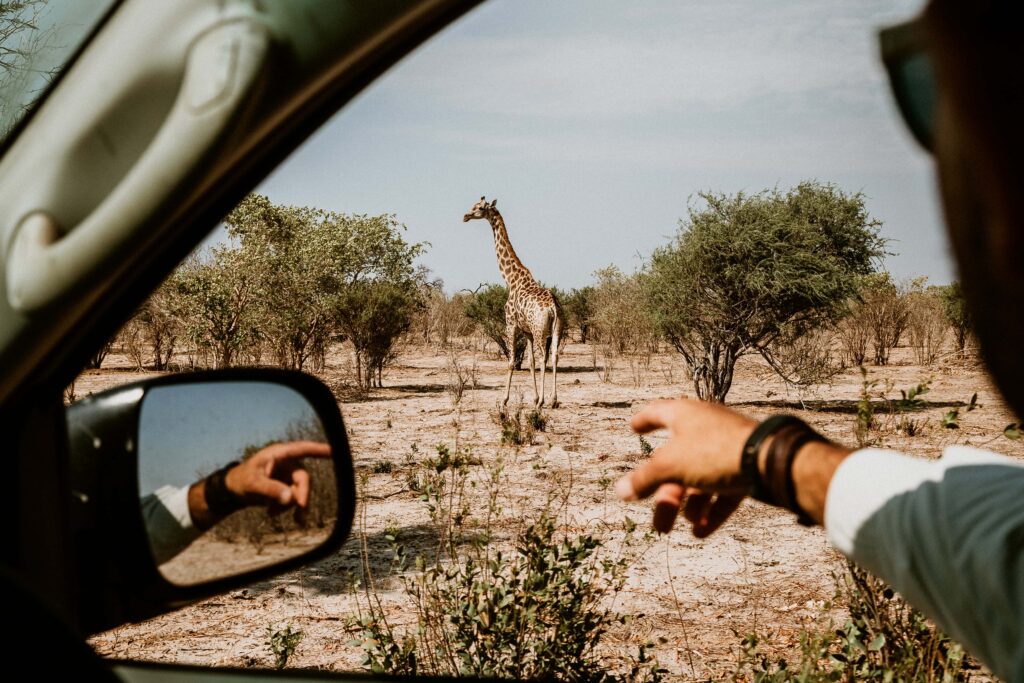
A self-drive safari in East Africa can be an incredible journey, offering the chance to witness diverse wildlife, stunning landscapes, and vibrant cultures. However, it’s important to plan meticulously, prioritise safety, and be environmentally conscious to make the most of this unique adventure. Before embarking on a self-drive safari, it’s essential to do your homework, ensure your safety, and be prepared for the adventure. Each destination may have unique requirements and challenges, so be sure to research the specific area you plan to visit thoroughly.
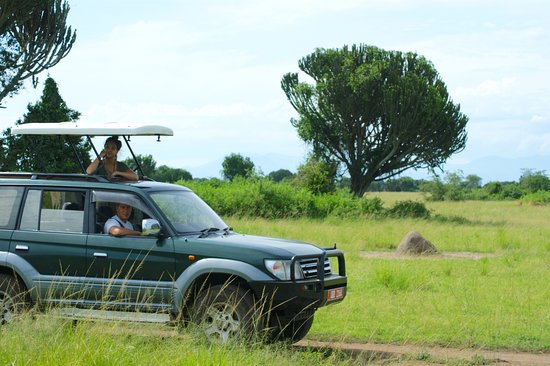
Here’s a general guide to planning a self-drive safari in East Africa, which includes countries like Kenya, Tanzania, Uganda and Rwanda:
A self-drive safaris in East Africa offer a unique and adventurous way to explore the region’s remarkable wildlife, landscapes, and cultures. East Africa is known for its diverse national parks, game reserves, and rich biodiversityBy planning meticulously, prioritizing safety, and respecting the environment and local communities, you can have an unforgettable safari adventure in this extraordinary part of the world.
1. Research and Planning:
- Select Your Destinations: Uganda is known for its national parks and reserves, such as Bwindi Impenetrable Forest, Queen Elizabeth National Park, Murchison Falls National Park, and Kidepo Valley National Park. Decide which areas you want to visit based on your interests and the wildlife you wish to see.
- Permits and Regulations: Research the specific permits and regulations for each park or reserve you plan to visit. For example, if you want to go gorilla trekking in Bwindi, you’ll need a permit, and these should be booked well in advance.
- Accommodations: Depending on your budget and preferences, decide whether you’ll be camping, staying in lodges, or a combination of both. Make reservations in advance, especially during peak seasons.
- Vehicle Rental: Rent a suitable vehicle for your self-drive adventure. A 4×4 vehicle is recommended for navigating the sometimes challenging terrain in national parks. Ensure the vehicle is in good condition and comes equipped with spare tires, tools, and emergency equipment.
- Maps and Navigation: Obtain detailed maps and navigation tools, as GPS signals can be unreliable in remote areas. Familiarize yourself with the roads and routes you’ll be taking.
2. Safety and Health:
- Health Precautions: Consult your doctor for recommended vaccinations and medications for travel to Uganda. Malaria is prevalent in many areas, so take necessary precautions.
- Wildlife Safety: Understand the behavior of wildlife in the areas you’ll be visiting and follow safety guidelines. Keep a safe distance from animals and never approach them on foot.
3. Wildlife Viewing:
- Timing: Wildlife is most active during the early morning and late afternoon, so plan your game drives accordingly.
- Guides: While you’re self-driving, some parks and reserves may require you to hire a local guide for specific activities, such as gorilla trekking or chimp tracking.
4. Environmental Responsibility:
- Leave No Trace: Practice responsible tourism by leaving no trace of your visit, respecting park rules, and not disturbing the natural environment.
- Community Interaction: Interact with local communities respectfully and consider supporting them through responsible tourism practices.
5. Emergency Preparedness:
- Communication: Have reliable means of communication, such as a satellite phone or a local SIM card for your mobile phone. Inform someone back home about your itinerary.
- Emergency Contacts: Familiarize yourself with emergency contact numbers for local authorities, hospitals, and your embassy or consulate.
6. Currency and Supplies:
- Currency: Carry enough local currency (Ugandan shillings) for fuel, park fees, and incidentals, as credit card acceptance may be limited in remote areas.
- Supplies: Stock up on essentials like water, food, and camping gear before heading into remote areas.
- Freedom and Flexibility: You’re not tied to a group or a set schedule. You can explore off-the-beaten-path areas and spend as much time as you like at specific sights.
- Closer Connection to Nature: You have the opportunity to immerse yourself in the natural environment without the presence of a guide. This can lead to a deeper connection with nature.
- Photography Opportunities: Self-drive safaris are excellent for photographers. You can set your own pace for capturing wildlife and landscapes.
- Adventure: Driving through rugged terrain and encountering wildlife in their natural habitat can be an adventurous and thrilling experience.
- Personalised Experience: You can tailor the experience to your interests and preferences, whether that’s birdwatching, tracking specific animals, or simply enjoying the scenery. However, self-drive safaris also come with challenges and responsibilities:
- Independence: Self-drive safaris offer a high degree of independence. You have control over your itinerary, deciding where and when to go, how long to stay at each location, and when to stop for wildlife sightings and photography.
- Safety: Safety should be a top priority. You’ll need to be well-prepared for wildlife encounters and understand how to handle potentially dangerous situations.
- Vehicle Knowledge: You should have some knowledge of the vehicle you’re using, especially if it’s a 4×4 for off-road travel. Ensure the vehicle is in good condition before your trip.
- Navigation Skills: Good navigation skills are essential, as GPS signals can be unreliable in remote areas. Maps and a compass can be valuable tools.
- Research and Planning: Thorough research and planning are crucial. This includes understanding the rules and regulations of the parks or reserves you’ll be visiting, as well as obtaining any necessary permits.
- Local Knowledge: Interacting with locals and fellow travelers can provide valuable information about wildlife sightings, road conditions, and local tips.
- Environmental Responsibility: Practicing responsible wildlife viewing and environmental stewardship is vital to minimize your impact on the ecosystem.
7. Determine Your Needs:
- Type of Vehicle: Decide what type of vehicle you need based on the number of passengers, luggage, and your travel plans. Options typically include economy cars, compact cars, SUVs, minivans, and more.
- Transmission: Check whether you are comfortable with automatic or manual transmission, as rental cars may come with either option.
8. Review Rental Terms:
- Rental Period: Determine the duration of your rental. Rates may vary depending on whether you rent by the day, week, or month.
- Pickup and Drop-off Locations: Specify where you’ll pick up and drop off the rental vehicle. Additional fees may apply for dropping off the car at a different location.
- Fuel Policy: Understand our company’s fuel policy. Some require you to return the car with a full tank, while others offer pre-paid fuel options.
- Mileage Limit: Check if there’s a mileage limit and if additional fees apply for exceeding it.
Equipment: If you need extras like GPS navigation, child seats, or racks inquire with us to confirm availability and costs.
9. Pick Up the Rental Car:
- Inspect the Vehicle: Before leaving our office location, thoroughly inspect the car for any pre-existing damage. Note and report any scratches, dents, or other issues to avoid being held responsible for them later.
- Documentation: Have your driver’s license, reservation confirmation, and any necessary insurance documents ready.
10. Return the Rental Car:
Fuel Level: Ensure the car is returned with the agreed-upon fuel level.
Cleanliness: Return the car in a reasonably clean condition to avoid cleaning fees.
Timing: Return the car on time to avoid additional charges.
Inspect Again: Do a final inspection of the vehicle with a rental agent to verify its condition.
Keep Receipts: Retain all rental documents and receipts for your records.
Renting a car can provide you with the flexibility and convenience to explore your destination on your terms. However, it’s crucial to understand the terms and conditions of your rental agreement and drive responsibly to ensure a smooth and enjoyable experience.
Where To Go, On Your Next Self Drive Safari Experience
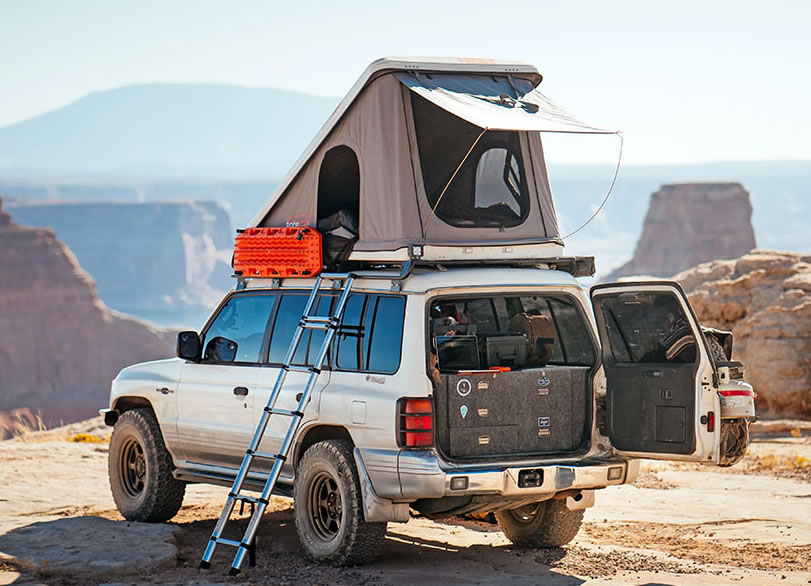
A self-drive safari in Uganda can offer you a unique and immersive experience, but it also requires careful planning, a sense of adventure, and a commitment to responsible tourism. With the right preparations and a spirit of exploration, you can have a memorable and rewarding safari in this beautiful African country.
Here are some essential steps and tips to help you plan a self-drive safari in Uganda:
Choose Your Destinations: Uganda is home to several national parks and reserves, each offering unique wildlife and landscapes. Decide which parks you want to visit based on your interests. Popular choices include Bwindi Impenetrable Forest (for gorilla trekking), Queen Elizabeth National Park, Murchison Falls National Park, and Kidepo Valley National Park.
Permits and Regulations: Research and secure any necessary permits well in advance. For example, gorilla trekking permits in Bwindi are in high demand and often need to be booked a year or more in advance.
Accommodations: Book your accommodations in advance, especially if you plan to stay in lodges or campsites within national parks. Uganda offers a range of options, from luxury lodges to budget-friendly campsites.
Vehicle Rental: Rent a suitable vehicle for your self-drive safari. A 4×4 vehicle is highly recommended, as some roads within national parks can be challenging. Ensure the vehicle is well-maintained and comes with necessary equipment like spare tires, tools, and a jack.
Maps and Navigation: Acquire detailed maps and navigation tools as GPS signals can be unreliable in remote areas. Familiarize yourself with the roads and routes you’ll be taking.
2. Safety and Health:
Health Precautions: Consult your doctor for recommended vaccinations and medications, especially for diseases like malaria. Carry a well-stocked first-aid kit.
Wildlife Safety: Understand the behavior of the wildlife in the areas you’ll be visiting and follow safety guidelines. Keep a safe distance from animals and avoid disturbing them.
3. Wildlife Viewing:
Timing: Plan your game drives during the early morning and late afternoon, as this is when wildlife is most active.
Guides: Some parks may require you to hire a local guide for specific activities, such as gorilla trekking or chimpanzee tracking.
4. Environmental Responsibility:
Leave No Trace: Practice responsible tourism by leaving no trace of your visit, respecting park rules, and not littering.
Community Interaction: Interact with local communities respectfully, and consider supporting them through responsible tourism practices.
5. Emergency Preparedness:
Communication: Carry a satellite phone or a local SIM card for your mobile phone for reliable communication. Inform someone back home about your itinerary.
Emergency Contacts: Have a list of emergency contact numbers for local authorities, hospitals, and your embassy or consulate.
6. Currency and Supplies:
Currency: Carry enough Ugandan shillings for fuel, park fees, and incidentals, as credit card acceptance may be limited in remote areas.
Supplies: Stock up on essentials like water, food, and camping gear before heading into remote areas.
7. Road Conditions:
Road Conditions: Uganda’s road conditions can vary. Be prepared for everything from well-maintained tarmac roads to rough dirt tracks.
Driving Etiquette: Drive cautiously, especially in rural areas. Be aware of pedestrians, cyclists, and animals on the road.
A safari self-drive experience in Kenya offers a unique and immersive experience but requires careful planning, attention to safety, and responsible tourism practices. With the right preparations and a spirit of adventure, you can have an incredible safari experience in Kenya’s stunning natural environments. Also self drive safaris in Kenya can be a thrilling and adventurous way to explore the country’s diverse landscapes, wildlife, and culture at your own pace.
Here’s a guide on planning a self-drive safari in Kenya:
Choose Your Destinations: Kenya boasts several national parks and wildlife reserves, including Maasai Mara, Amboseli National Park, Tsavo National Park, and more. Decide which areas you want to visit based on your interests and the wildlife you hope to see.
Permits and Regulations: Research and secure any necessary permits and park entry fees in advance. Different parks may have varying requirements and costs.
Accommodations: Book your accommodations ahead of time, especially if you plan to stay within national parks. Kenya offers a range of lodging options, from luxury lodges to budget-friendly campsites.
Vehicle Rental: Rent a suitable vehicle for your self-drive adventure. A 4×4 vehicle is often recommended, as it can handle rough terrain. Ensure the vehicle is well-maintained and equipped with necessary tools, a spare tire, and a jack.
Maps and Navigation: Obtain detailed maps and navigation tools, as GPS signals may not be reliable in remote areas. Familiarize yourself with the roads and routes you’ll be taking.
2. Safety and Health:
Health Precautions: Consult your doctor for recommended vaccinations and medications, including those for malaria. Carry a well-stocked first-aid kit.
Wildlife Safety: Understand the behavior of wildlife in the areas you’ll visit and follow safety guidelines. Keep a safe distance from animals and avoid disturbing them.
3. Wildlife Viewing:
Timing: Plan your game drives during the early morning and late afternoon, when wildlife is most active.
Guides: Some parks may require you to hire a local guide for specific activities or to accompany you on game drives.
4. Environmental Responsibility:
Leave No Trace: Practice responsible tourism by not littering and respecting park rules. Dispose of trash properly.
Community Interaction: Interact with local communities respectfully and consider supporting them through responsible tourism practices.
5. Emergency Preparedness:
Communication: Carry a satellite phone or a local SIM card for your mobile phone to ensure reliable communication. Share your itinerary with someone back home.
Emergency Contacts: Keep a list of emergency contact numbers for local authorities, medical facilities, and your embassy or consulate.
6. Currency and Supplies:
Currency: Carry enough Kenyan shillings for fuel, park fees, and other expenses, as credit card acceptance may be limited in rural areas.
Supplies: Stock up on essentials like water, food, and camping gear before venturing into remote areas.
7. Road Conditions:
Road Conditions: Kenya’s road conditions vary, from well-paved highways to rough dirt tracks. Be prepared for different types of terrain.
Driving Etiquette: Drive cautiously, especially in rural areas. Watch for pedestrians, cyclists, and animals on the road.
8. Wildlife Conservation:
- Responsible Wildlife Viewing: Follow ethical guidelines for wildlife viewing. Keep a safe distance from animals and avoid interfering with their natural behavior.
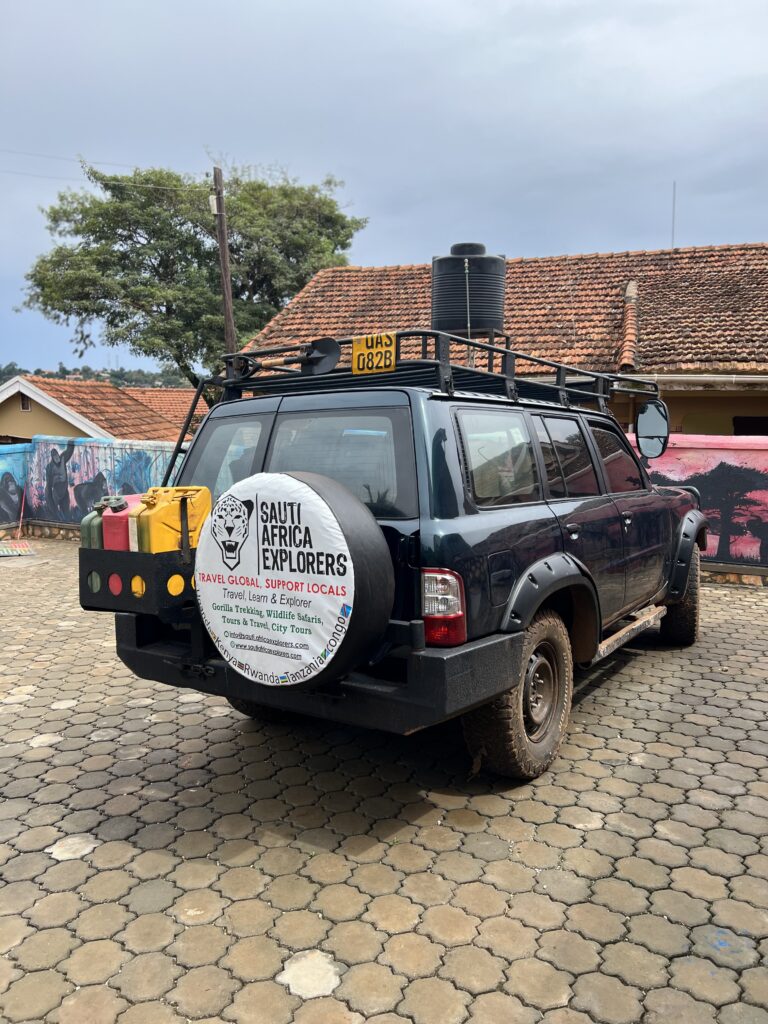
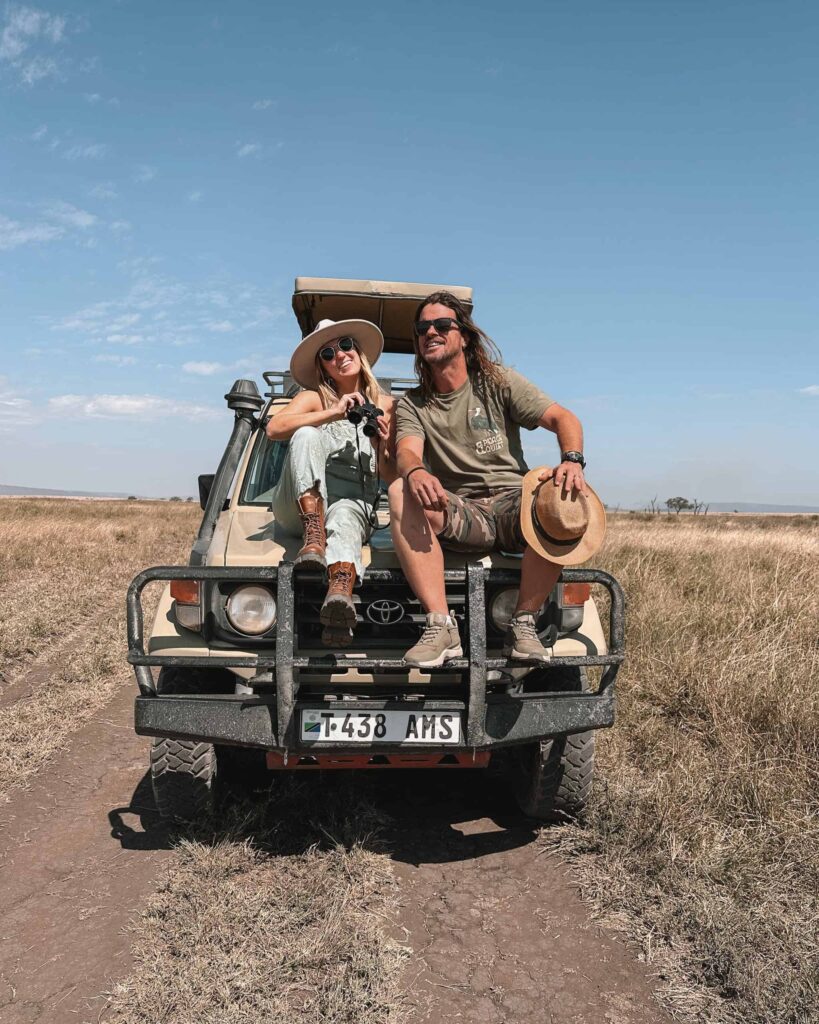
A self-drive safari in Tanzania offers an opportunity to experience the country’s natural beauty and wildlife up close. With careful planning, adherence to safety measures, and respect for the environment, you can have an unforgettable safari adventure in this remarkable East African destination.
Here’s a guide on planning a self-drive safari in Tanzania:
Choose Your Destinations: Tanzania is home to renowned national parks such as Serengeti, Ngorongoro Crater, Tarangire, and more. Determine which parks you want to visit based on your interests and the wildlife you hope to see.
Permits and Regulations: Research and secure any necessary permits and park entry fees in advance. Different parks may have varying requirements, costs, and regulations.
Accommodations: Reserve your accommodations well ahead of time, especially if you plan to stay within national parks. Tanzania offers a range of lodging options, including lodges, campsites, and luxury tented camps.
Vehicle Rental: Rent a suitable 4×4 vehicle for your self-drive safari. Ensure the vehicle is well-maintained, equipped with essential tools, a spare tire, and a jack.
Maps and Navigation: Obtain detailed maps and navigation tools, as GPS signals can be unreliable in remote areas. Familiarize yourself with the roads and routes you’ll be taking.
2. Safety and Health:
Health Precautions: Consult your doctor for recommended vaccinations and medications, especially for diseases like malaria. Carry a well-stocked first-aid kit.
Wildlife Safety: Understand wildlife behavior and follow safety guidelines. Maintain a safe distance from animals and avoid disrupting their natural behaviors.
3. Wildlife Viewing:
Timing: Schedule game drives during the early morning and late afternoon, when animals are most active.
Guides: Some parks may require you to hire a local guide for specific activities or to accompany you on game drives.
4. Environmental Responsibility:
Leave No Trace: Practice responsible tourism by not littering and adhering to park rules. Dispose of waste properly.
Community Interaction: Interact with local communities respectfully and consider supporting them through responsible tourism practices.
5. Emergency Preparedness:
Communication: Carry a satellite phone or a local SIM card for reliable communication. Share your itinerary with someone back home.
Emergency Contacts: Keep a list of emergency contact numbers for local authorities, medical facilities, and your embassy or consulate.
6. Currency and Supplies:
Currency: Have enough Tanzanian shillings for fuel, park fees, and other expenses, as credit card acceptance may be limited in rural areas.
Supplies: Stock up on essentials like water, food, and camping gear before heading into remote areas.
7. Road Conditions:
Road Conditions: Tanzanian road conditions vary, from well-paved highways to rough tracks. Be prepared for different types of terrain.
Driving Etiquette: Drive cautiously, especially in rural areas. Be aware of pedestrians, cyclists, and animals on the road.
A self-drive safari in Tanzania offers an opportunity to experience the country’s natural beauty and wildlife up close. With careful planning, adherence to safety measures, and respect for the environment, you can have an unforgettable safari adventure in this remarkable East African destination.A self-drive safari in Tanzania offers an opportunity to experience the country’s natural beauty and wildlife up close. With careful planning, adherence to safety measures, and respect for the environment, you can have an unforgettable safari adventure in this remarkable East African destination.
A self-drive safari in Rwanda can be an exhilarating and adventurous way to explore this beautiful country’s natural wonders, wildlife, and cultural heritage. Rwanda can provide a unique and immersive experience, but it requires careful planning, safety awareness, and responsible tourism practices. By taking the necessary precautions and respecting the environment and local communities, you can enjoy an unforgettable safari adventure in this stunning African country.
Here are some steps and tips to help you plan a self-drive safari in Rwanda:
Select Your Destinations: Rwanda is known for its gorilla trekking experiences in Volcanoes National Park, but it also offers other wildlife and cultural attractions. Determine which places you want to visit based on your interests and the experiences you desire.
Permits and Regulations: Gorilla trekking permits in Volcanoes National Park are limited and often need to be booked well in advance. Research the specific permits and regulations for your chosen destinations.
Accommodations: Reserve your accommodations in advance, especially if you plan to stay within national parks. Rwanda offers various lodging options, including lodges, campsites, and luxury eco-lodges.
Vehicle Rental: Rent a suitable vehicle for your self-drive adventure. A 4×4 vehicle is typically recommended for navigating Rwanda’s sometimes challenging terrain. Ensure the vehicle is well-maintained and equipped with necessary tools and emergency equipment.
Maps and Navigation: Obtain detailed maps and navigation tools, as GPS signals can be unreliable in remote areas. Familiarize yourself with the roads and routes you’ll be taking.
2. Safety and Health:
Health Precautions: Consult your doctor for recommended vaccinations and medications, particularly for diseases like malaria. Carry a well-stocked first-aid kit.
Wildlife Safety: Understand the behavior of wildlife in the areas you’ll visit, and follow safety guidelines. Maintain a safe distance from animals and avoid disturbing them.
3. Wildlife Viewing:
Timing: Plan your wildlife activities, such as gorilla trekking, during the early morning to maximize your chances of encounters.
Guides: Some parks and activities may require you to hire a local guide or ranger for specific experiences.
4. Environmental Responsibility:
Leave No Trace: Practice responsible tourism by not littering, respecting park rules, and disposing of waste properly.
Community Interaction: Interact with local communities respectfully and consider supporting them through responsible tourism practices.
5. Emergency Preparedness:
Communication: Carry a satellite phone or a local SIM card for your mobile phone to ensure reliable communication. Share your itinerary with someone back home.
Emergency Contacts: Keep a list of emergency contact numbers for local authorities, medical facilities, and your embassy or consulate.
6. Currency and Supplies:
Currency: Have enough Rwandan francs for fuel, park fees, and other expenses, as credit card acceptance may be limited in rural areas.
Supplies: Stock up on essentials like water, food, and camping gear before heading into remote areas.
7. Road Conditions:
Road Conditions: Rwanda has a network of well-maintained roads, but conditions can vary in more remote regions. Be prepared for different types of terrain.
Driving Etiquette: Drive cautiously and obey traffic rules, especially in rural areas. Watch for pedestrians and wildlife on the road.
